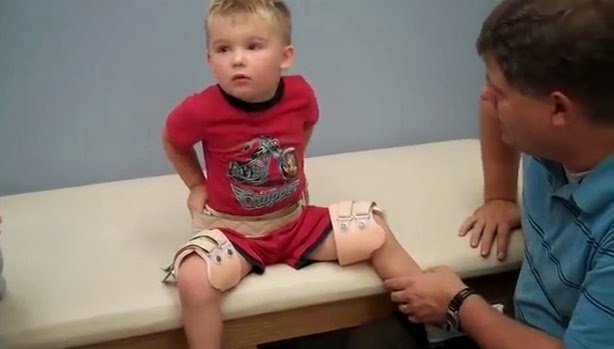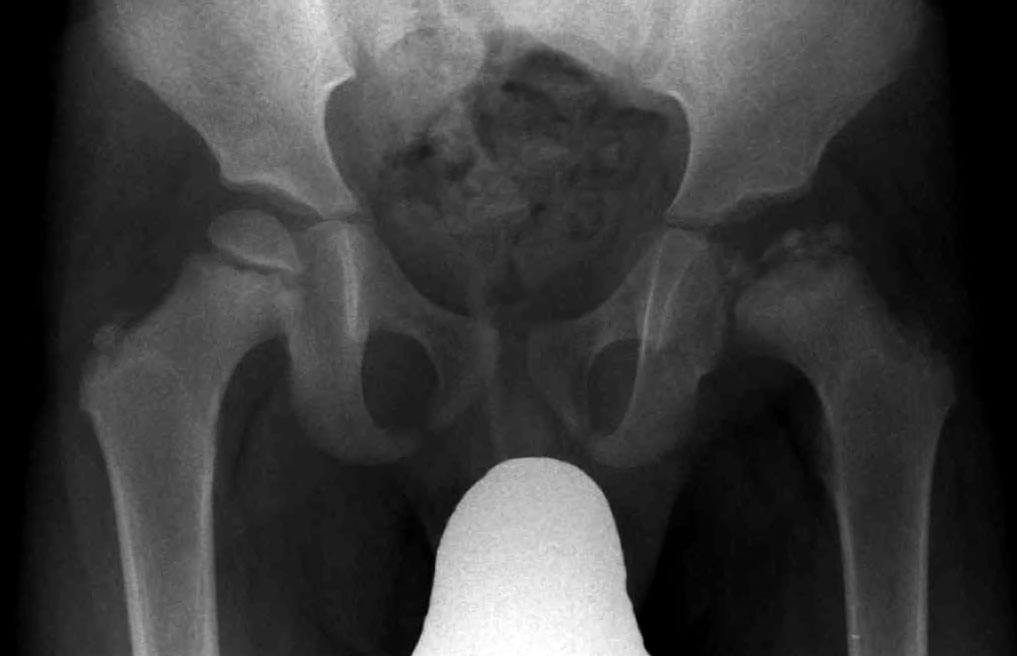nalco group
bone, muscle & joint pain physio
BOOK NOW / WHATSAPP ABOUT YOUR PAIN OR INJURY
- NOVENA 10 Sinaran Drive, Novena Medical Center #10-09, Singapore 307506
- TAMPINES 9 Tampines Grande #01-20 Singapore 528735
- SERANGOON 265 Serangoon Central Drive #04-269 Singapore 550265
Home > Blog > Physiotherapy > Conditions > Hip Pain > Legg-Calvé-Perthes Disease Physiotherapy
Legg-Calvé-Perthes Disease Physiotherapy

Legg-Calvé-Perthes Disease (LCPD) refers specificly to a hip disorder seen only in children, which is resulted from a disruption of blood flow to the head (or “ball”) of the long bone of the leg (the femur).
Unfortunately, without adequate blood flow and supply, the bone (femoral head) weakens, causes the child to limp, and definitely causes hip pain.
Worst still is that without quick and accurate treatment, the femoral head may die due to avascular necrosis (AVN). Approximately 1 in 1,200 children in the United States will develop LCPD.
Our senior physiotherapist can help a child experiencing LCPD
- maintain motion of the hip joint
- strengthen muscles around the hip
- use braces or devices that may be prescribed as the femoral head goes through several stages of healing
What is Legg-Calvé-Perthes Disease?
As a child grows, the long bone of the leg (the femur), and the ball-shaped head of the femur that helps form the hip, also will continue to grow.
In some cases and for unknown reasons, the blood supply to the head of the femur can become interrupted....and without adequate and proper blood flow, the femoral head will start/begin to die and will stops growing.
This hip disorder occurs only in children; boys are more affected at a rate of 4 times more than girls. Children who develop the disease are often physically active and athletic, and the average age of children diagnosed with LCPD is 6 years.
Although the disease is commonly seen in children 4 to 8 years of age, anyone between the ages of 2 and 15 may develop LCPD. The condition involves both hips in 5% to 15% of affected children.
The cause of LCPD is not known; the first signs of the disease may be limping and hip pain.
Some children perceive that the pain is in the knee. The head of the femur is usually round and fits into a socket in the pelvis, forming the hip joint. The head may become flattened and deformed as the disease progresses and in severe cases, a fracture of the supporting bone also may occur.
Over time and with treatment, blood vessels regrow into the femoral head and healing occurs.
However, the healing process is slow (due to the poor blood supply), and the femoral head gradually gets weaker and weaker during the process. The bone can become permanently deformed, resulting in hip disorders in adulthood, such as osteoarthritis. Therefore, early diagnosis and treatment of LCPD are essential to ensure long-term health.
LCPD is also known as "Perthes." LCPD comes from the names of the orthopedic surgeons (Legg, Calvé, and Perthes), who attempted to determine the causes of the disease.
Signs and Symptoms of Legg-Calvé-Perthes Disease
Children with LCPD may experience:
- Hip pain (usually only on one side)
- Limping without a known cause (such as an injury) that lasts for several days
- Limited movement in the hip
- Knee pain, thigh pain, or groin pain (instead of in the hip) that may occur as “referred” pain from the hip because of nerves in the leg
- Muscle spasms
- Weakness and muscle wasting (at a later stage in the disease process)
How Is It Diagnosed?

A health professional will take the child's health history.
The examination will include
- observing the child walking to determine if a limp is present
- assessing pain in the hip or
- determining the possibility of referred pain to the knee or thigh
- and measuring motion at the hip to see if the child has limited movement
Typically, the child will appear otherwise well, with no general illness, and the pain will not be the result of a known injury.
A radiograph can usually confirm the presence of bony changes in the head of the femur (long bone of the leg), but other images, such as MRI or bone scans, may be used to ensure that no other disease is present. Physicians use the radiograph to determine the extent of the disease.
Several classification groupings exist to describe the disease and to predict the recovery.
In general, these groupings consider whether or not more than 50% of the “ball” (femoral head) is involved. If more than 50% of the femoral head has been affected, potential for regrowth without deformity is lower, and surgery may be required to help the femoral head maintain its functional shape.
Early diagnosis is crucial to aid full recovery. LCPD has 4 distinct stages:
- Initial: Blood supply to the femoral head is disrupted, bone cells die, and the area becomes intensely inflamed and irritated.
- Fragmentation: The affected bone is weakened and the head of the femur breaks apart and collapses.
- Reossification: New bone grows in the affected area and begins to reshape.
- Healed: Bone regrowth is complete, and the femoral head has reached its final shape.
Stage 1 takes approximately 6 weeks to 2 months; stage 2 takes 1 year or more; and stage 3 may continue for many years.
how our senior physiotherapists can help you

We're an important member of the team of health care professionals working with children who have LCPD.
The goals of treatment for all children include:
- Reducing hip pain
- Restoring and maintaining all typical hip movements
- Preventing the ball (femoral head) from collapsing and dislocating from the hip socket
- Regaining a spherical (round) femoral head
Nonsurgical Treatment
Many children will recover from LCPD without difficulty and without risk of further complications as an adult. These children are treated nonsurgically with physiotherapy and bracing.
Some children may need bed rest during the active phase of the disease.
We can help
- reduce the child's pain
- restore and maintain motion
- build strength in the area to help the femoral head stay within the socket
Special bracing may be used to help protect the femoral head. We can help the child safely continue to be as active as possible while recovering.
Surgical Treatment
Sometimes, older children or children with more severe disease at the time of diagnosis may require surgery to keep the femoral head within the hip socket.
If surgery is required, our senior physiotherapists will help ensure postsurgical physiotherapy recovery by
- reducing the child's pain
- maintaining motion in the hip
- providing exercises for strengthening
- fostering participation in safe activities during all the phases of the healing process
